Security is one of the key aspects in this term.
It is useful to note that security is always considered a top priority job at AWS. Therefore, Default Security Group cannot be deleted partially because they it is the last line of defense for potentially malicious attack on your Amazon EC2 instances. Amazon relies on Security Groups as virtual firewalls that your instances will be paired-up with exclusively for safety reasons. That is also why default SGs by default block any incoming traffic.
On the hand, protective NACL (Network Access Control Lists) feature is only one aspect of the VPC setup. VPCs are primarily logical networking compartments in your cloud infrastructure and you have absolute freedom to define them in any way you see fit. One use case is that you can have complex routing solutions that define many of the aspects of your cloud infrastructure, and accidentally adding Amazon EC2 instances to a default VPC by your developers can lead to hours of debugging why your resource is not behaving as expected.
In summary, security and the mentioned legacy aspects of the Amazon EC2 Classic instances related to the VPC concept (EC2-Classic and a VPC ) are one of the key reasons why default SGs can not be deleted compared to the default VPCs. Still, if you delete the default VPC, you will not be able to restore it or to provision new Amazon EC2 instances until you create at least one custom VPC in the respective region.
